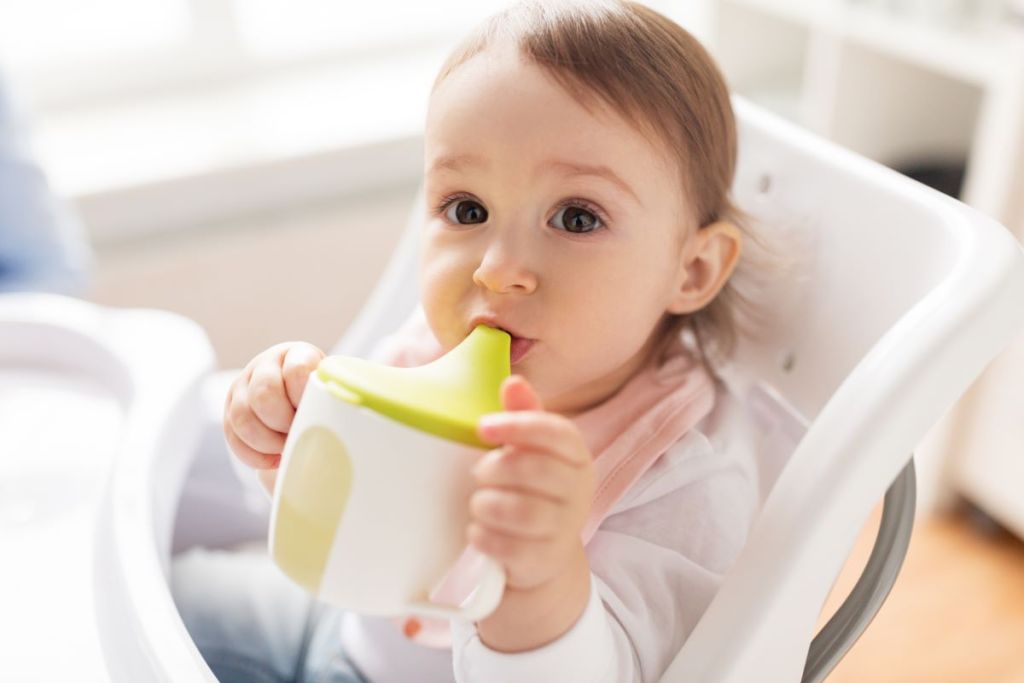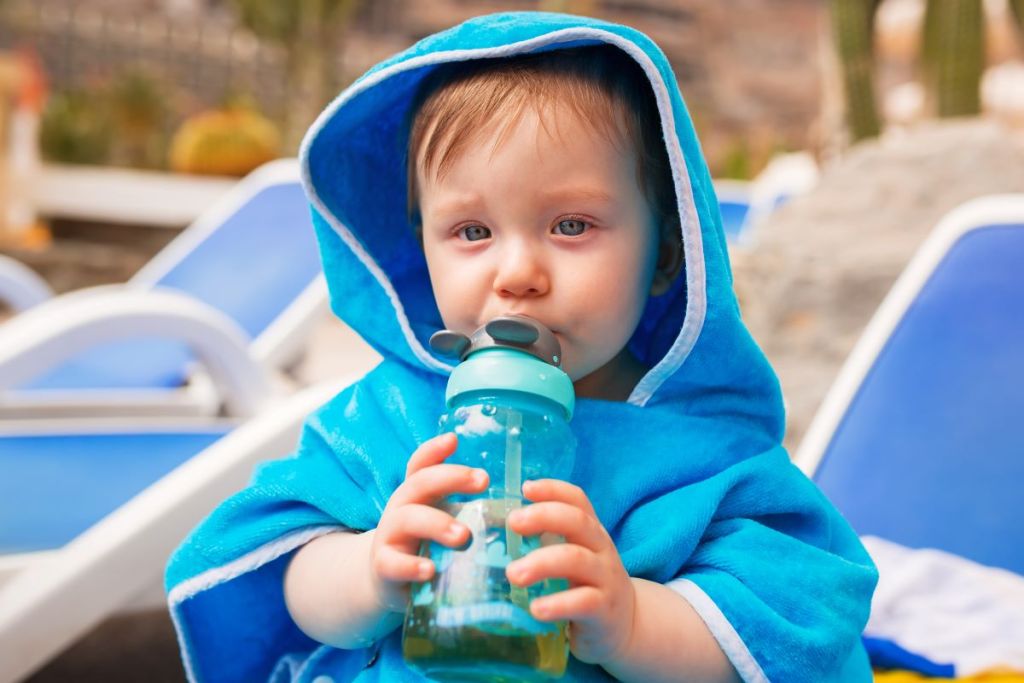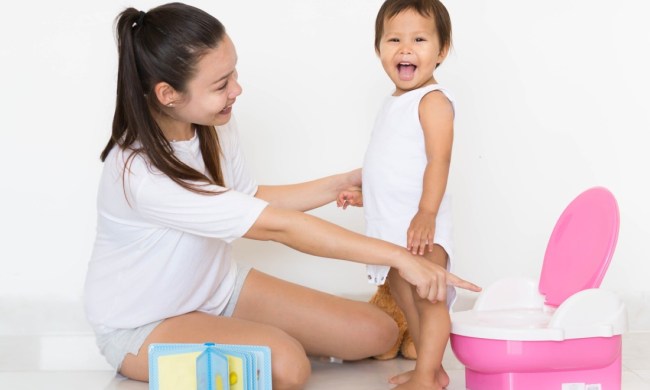The joy of every parent is to see their little ones grow and achieve new feats. Each milestone comes with a period of transition, however, and the eating and drinking habits are no different. As your child gets older, you’ll need to transition your toddler from a bottle to a sippy cup. At times, you might struggle to break the bond between your toddler and their ever-favorite bottle. Nonetheless, we have provided some important reasons for this switch over to a toddler sippy cup along with helpful tips to make the transition easier.
Why do you need to transition your toddler from a bottle to a sippy cup
Many pediatricians recommend that you take your toddler off the bottle before they reach 18 months old. There are several health-related reasons why you should switch your toddler from a bottle to a sippy cup including:
- A link between long-term usage of a bottle and obesity.
- Tooth decay brought on from prolonged exposure to the sugar in milk.
- Ear Infections caused by bacterial growth that originates in the esophagus and travels up to the eustachian tube while your baby is laying down and taking a bottle.
- A crooked smile from the sucking action
As you can see, the transition proves to be quite necessary. However, the process might not be so difficult with a little bit of perseverance and patience.

Tips for incorporating the toddler sippy cup
The transition to the toddler sippy cup looks a bit different for every child. For some, the change in containers doesn’t pose any problems. For others, the switch from the bottle, especially at night, poses a challenge. So here are some tips for you to try as your toddler phases out the bottle and starts using the sippy cup.
Start early with milk
You can start the toddler sippy cup transition as early as when you introduce solid foods right around 6 to 9 months. Since some children start drinking other liquids at this age, you can introduce the sippy cup with water. However, breastmilk or formula might work best for this transition because of the child’s familiarity with those liquids. Plus, babies often associate those liquids with comfort, so commencing with those options—as opposed to a whole new substance and flavor—would make the change go more smoothly.
Also, don’t get discouraged if your child takes just a few sips and then pushes the cup away. The experience is entirely new for your toddler. Therefore, time and patience are most important.
Fast or gradual: choose the best route
Should you wean your child from the bottle slowly or go “cold turkey?” While you are getting ready to transition your toddler from a bottle to a sippy cup, consider staying with one option or the other. If you wean a younger toddler or baby, you won’t rush the process. Rather, you’ll advance slowly by taking out the afternoon bottle and replacing it with a sippy cup. As your toddler progresses, you can replace the morning bottle with the cup as well. Lastly, the key to making this process work is to make sure the night-time bottle is the last one to go.
Conversely, the cold turkey method proves to be the fastest but often the most difficult. This might be why this option would work best for toddlers as opposed to 6-month-old babies. If your child is old enough to understand, you’ll start by explaining that they’re on their last day of using bottles, and tomorrow, he or she will now use a sippy cup for the same milk that’s been provided all along. However, if you’re still not ready for the “all or nothing” approach, you can offer your toddler water in a bottle or milk in the cup as a choice. When this occurs, they’ll gravitate toward milk more often.

Make the sippy cup appealing
Likewise, talking up the possibility of using a “big kid” cup goes a long way leading up to the transition. When you explain what is about to happen and how the toddler sippy cup eventually leads to using a regular cup or glass like the grown-ups (or older siblings), your child will become more excited about this milestone. You can also give them a lot of encouragement and cheer them on each time they use the sippy cup.
In addition to the verbal perks, you can also choose a cup that has their favorite character on it or their favorite animal. A pleasing visual might encourage your toddler to adopt this container as his or her favorite cup.
Finally, you’ll need to make the cup as user-friendly as possible. By removing the valve that prevents spills, you’ll also make it easier for your child to get a drink. Nothing can turn off a toddler more than the frustration from not being able to take a sip.
The last and probably most vital tip to remember is consistency. The important factor of a successful transition is to follow through with the process. If you remain consistent even when the transition to a toddler sippy cup seems tough, you and your little one will reap the benefits of going bottle-free. Over time, you’ll transition your toddler from a bottle to a sippy cup while promoting your child’s confidence and enjoyment at meal and snack times.



